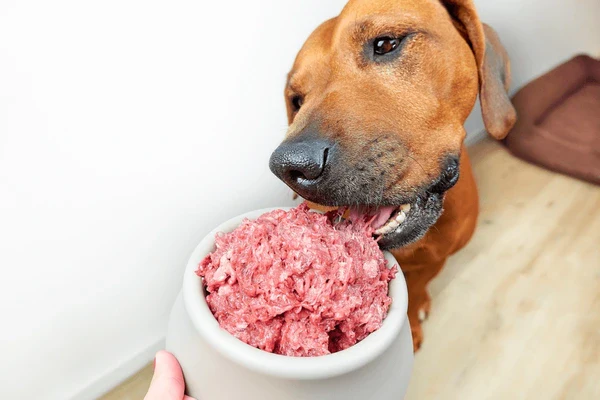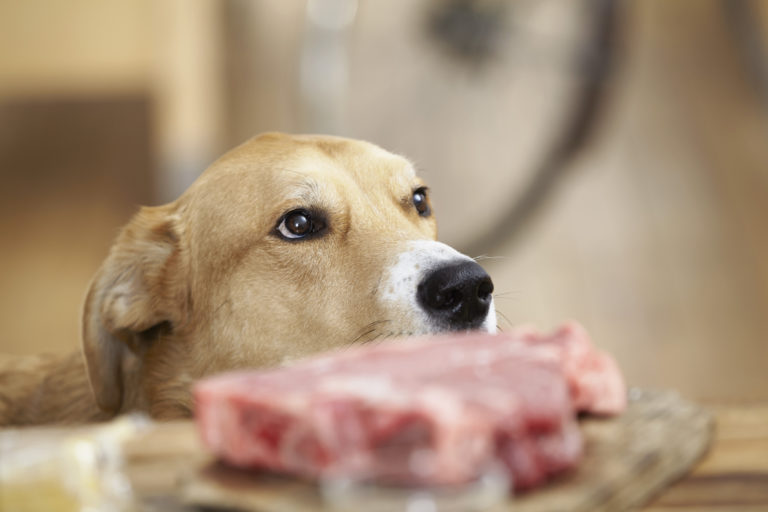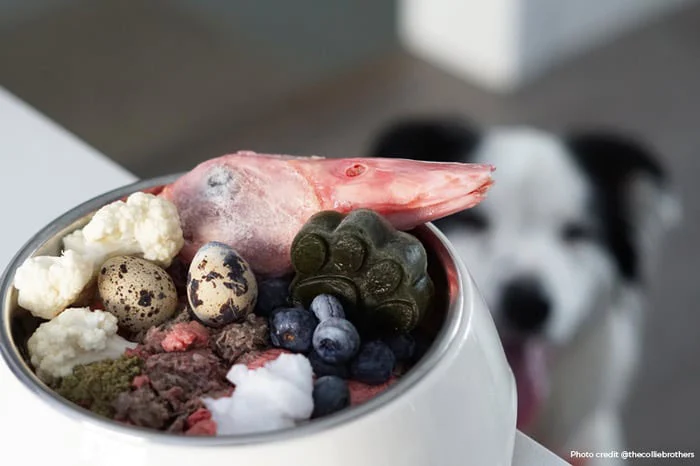Transitioning your dog to a raw food diet can be a beneficial lifestyle change, providing them with an abundance of natural nutrients, improved digestion, healthier skin and a shinier coat. Raw food diets for dogs are becoming increasingly popular, but it’s important to make sure you’re prepared and understand the right way to make the transition safely. Here are some expert tips on how to safely transition your dog from a traditional dog food diet to a raw food diet.
Consult with a Veterinarian
Before making the transition to a raw food diet for your dog, it’s important to consult with a veterinarian. Your veterinarian will be able to provide you with a well-informed recommendation about whether this diet is safe and suitable for your individual pet. They can also provide you with some guidance about how and when to make the transition, so that it can be done effectively and without causing any undue stress or harm to your dog’s body.
Gradually Introduce Raw Foods
Transitioning your dog to a raw food diet should be done gradually in order to help your dog’s digestive system prepare for the change. Start off by mixing raw foods with their current diet in small quantities, slowly increasing the amount of raw food as the days go by. This will help your dog’s system become accustomed to the new ingredients and nutrients, preventing any potential upsets to their digestive system.
Selecting the Right Ingredients
When choosing raw food ingredients for your dog’s diet, it’s important to select high-quality, nutrient-rich foods. Avoid using highly processed, commercially-made dog foods with artificial preservatives and other non-natural ingredients. Opt for fresh organic meats (chicken, beef, lamb, and turkey) and boneless fish for a good source of protein. You can also add variety in your dog’s diet by including organic fruits and vegetables such as apples, carrots, peas and sweet potatoes. It’s important to talk to your vet before adding anything new to your dog’s diet.
Provide Essential Nutrients
It’s important to ensure your dog is getting all the essential nutrients they need in their diet when transitioning to a raw food diet. This can be accomplished through the use of balanced homemade dog food recipes containing a mixture of meats, vegetables, and grains. You can also incorporate supplements to ensure your dog is getting all the essential vitamins and minerals. Talk to your vet to determine the best supplements and proportions for your dog’s needs.
Monitor Your Dog’s Progress
Always monitor your dog’s progress once you have made the transition to a raw food diet. Watch for any signs of digestive discomfort, allergies, or overall decline in health. If you’re noticing any concerning symptoms, make sure to consult your vet immediately. Regularly checking in with your vet and making adjustments to your dog’s raw food diet accordingly will help keep your pet healthy and happy.
Transitioning your dog to a raw food diet can be a great way to provide them with an abundance of natural nutrients and long-term health benefits. It’s important to remember to consult with your veterinarian to make sure that it’s the right choice for your dog, gradually introduce new raw ingredients and monitor your dog’s progress to ensure their health and well-being. With the right preparation and guidance, you can safely and successfully transition your dog to a raw food diet.



